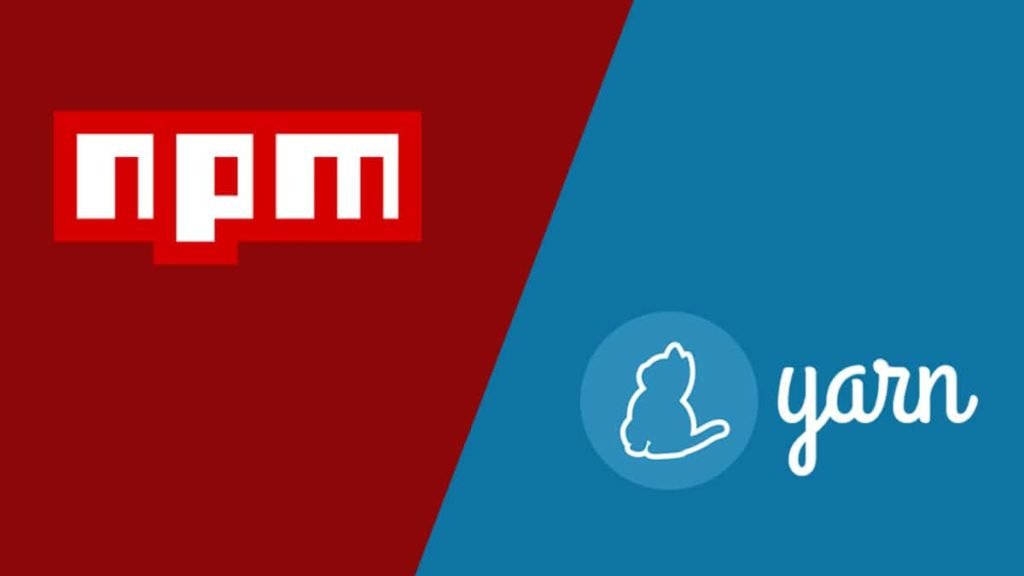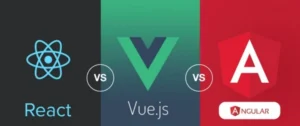In the ever-evolving landscape of JavaScript development, effective package management is crucial for streamlined and efficient workflows. Two popular tools that developers rely on for managing dependencies are npm (Node Package Manager) and Yarn. In this blog post, we will explore the reasons to choose Yarn or npm and delve into the compatibility issues that might arise with each.
Why Yarn or npm?
- Performance:
- Yarn: Yarn was introduced by Facebook to address performance issues with npm. Yarn generally excels in terms of speed when it comes to installing packages. It parallelizes operations, leading to faster and more reliable installations.
- npm: Over time, npm has improved its performance, but Yarn still tends to be faster in many scenarios due to its caching mechanism and optimized dependency resolution.
- Deterministic Dependency Resolution:
- Yarn: Yarn uses a lock file (
yarn.lock) to ensure deterministic dependency resolution. This means that the exact versions of dependencies are locked down, providing consistency across different environments. - npm: npm also introduced a lock file (
package-lock.json) to achieve deterministic installs, but Yarn’s approach has been historically more reliable, especially in large projects with complex dependency trees.
- Yarn: Yarn uses a lock file (
- Offline Mode:
- Yarn: Yarn allows developers to install packages offline, leveraging the offline mirror it maintains. This is particularly useful for situations where an internet connection is unreliable or unavailable.
- npm: While npm does support offline installs to some extent, Yarn’s offline capabilities are more robust and user-friendly.
- Network Efficiency:
- Yarn: Yarn optimizes network requests, reducing the amount of data transferred during package installations. This is achieved by storing packages in a global cache and reusing them across projects.
- npm: npm has made strides in improving its network efficiency, but Yarn’s approach, particularly its use of a global cache, can still provide advantages in certain scenarios.
Compatibility Issues:
- Lock File Conflicts:
- Yarn: Projects that switch from npm to Yarn or vice versa may encounter issues related to lock files. These files, (
yarn.lockandpackage-lock.json), are not directly interchangeable, and conflicts can arise if they are used inconsistently. - npm: Similar to Yarn, npm lock files can cause conflicts when switching between package managers.
- Yarn: Projects that switch from npm to Yarn or vice versa may encounter issues related to lock files. These files, (
- Command Variations:
- Yarn: Yarn and npm have similar commands, but some variations exist. For example, Yarn uses yarn add while npm uses npm install to add dependencies.
- npm: Developers accustomed to one package manager may find it challenging to adapt to the command variations of the other.
- Semantic Versioning Differences:
- Yarn: Yarn and npm may interpret semantic versioning (SemVer) differently, potentially leading to differences in the resolved versions of dependencies.
- npm: While npm and Yarn strive to adhere to SemVer, subtle differences in their implementation might result in discrepancies.
Conclusion:
Choosing between Yarn and npm ultimately depends on the specific needs and preferences of a development team. Both package managers have their strengths and are widely used in the JavaScript ecosystem. However, it’s essential to be mindful of compatibility issues when transitioning between them to ensure a smooth and efficient development experience.


